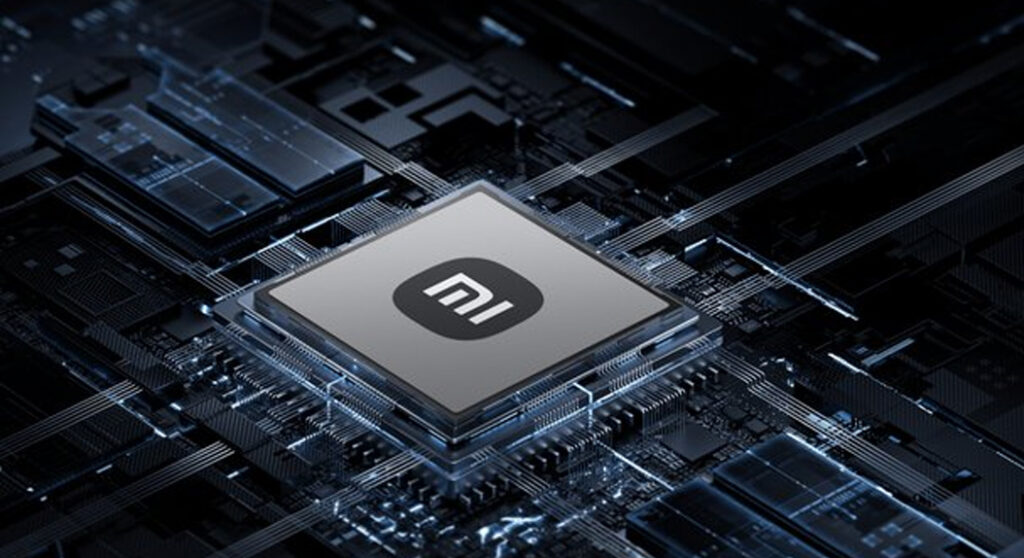Xiaomi Group Partner and President Lu Weibing emphasized in a recent interview that the smartphone industry will soon be divided into two categories — brands with self-developed chips and those without. He made it clear that local chip development is not just about performance, but also about enabling deep software-hardware integration, which leads to improved efficiency and user experience. As he highlighted, it is by this harmony that Apple devices can achieve excellent power optimization and stability.
Xiaomi Chip Historyy
Xiaomi’s chip ambitions date back to 2014, when the company founded Pinecone Electronics, a wholly-owned subsidiary focused on processor design. In 2017, Xiaomi released its first self-developed SoC, the Surge S1, powering the Xiaomi 5C smartphone. Despite initial success with over 600,000 units sold, the project was discontinued in 2018 due to sustainability challenges.
However, Xiaomi didn’t abandon its vision. After extensive internal reviews, Lei Jun concluded that Xiaomi must focus on high-end SoC development to differentiate itself in the global market. This marked a critical transformation from being an internet-driven company to becoming a core technology enterprise.
The Return of Xiaomi’s Chip Development
In 2021, Xiaomi officially restarted its chip development program with an ambitious 10-year plan and an investment commitment of 50 billion yuan (≈6.9 billion USD). This effort culminated in a major milestone on May 22, 2024, when Xiaomi’s new XRING O1 SoC successfully completed its first tape-out and system activation tests.
By May 2025, the XRING O1 flagship processor was officially launched, first being seen on the Xiaomi 15S Pro smartphone. Lei Jun applauded the achievement, saying, “The first generation was primarily for technology verification, and the result was so excellent that I couldn’t believe it.”
What’s Next for Xiaomi Chips
Lei Jun confirmed that the second-generation XRING processor is already under development and will extend beyond smartphones, potentially being integrated into Xiaomi’s automotive ecosystem, including Xiaomi SU7 vehicles. This move reflects Xiaomi’s broader vision to unify its mobile and automotive platforms through shared architecture and AI-driven optimization.
By continuing its investment in core semiconductor technologies, Xiaomi is positioning itself among the high-end technology companies that have the capacity to shape the future of smart hardware. As Lu Weibing stated, “The era of smartphones without self-developed chips is coming to an end.”
Source: IT Home


 Emir Bardakçı
Emir Bardakçı


